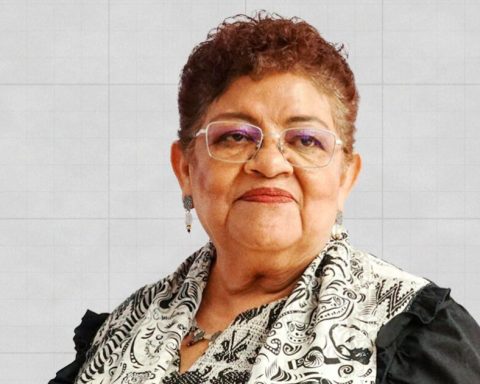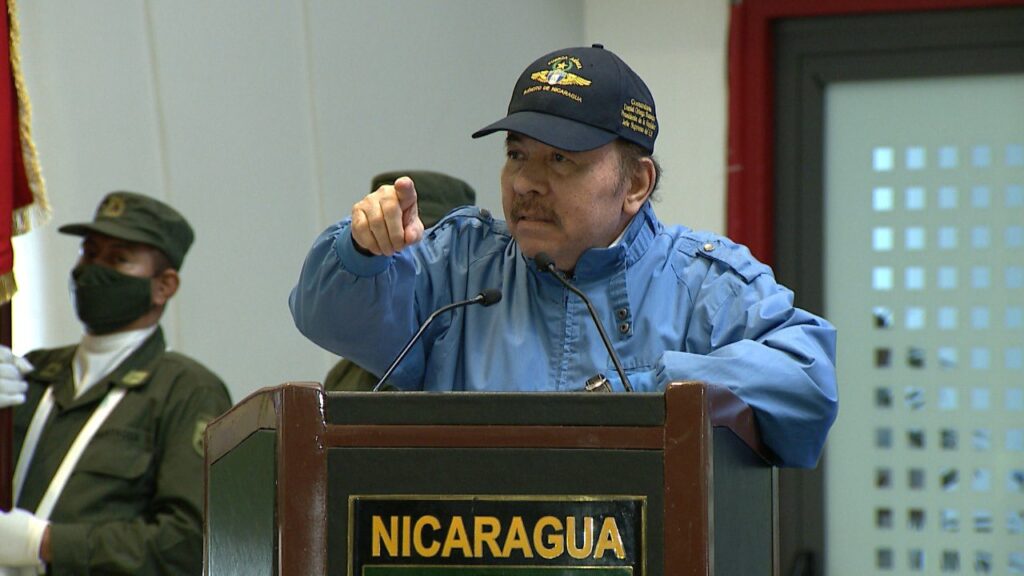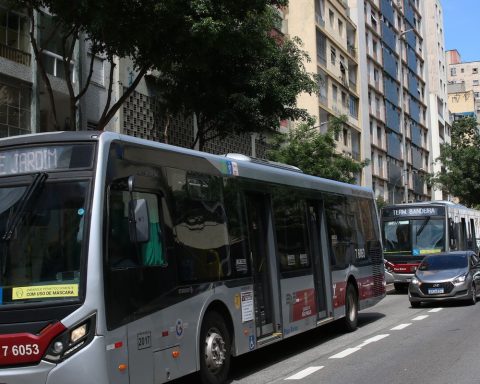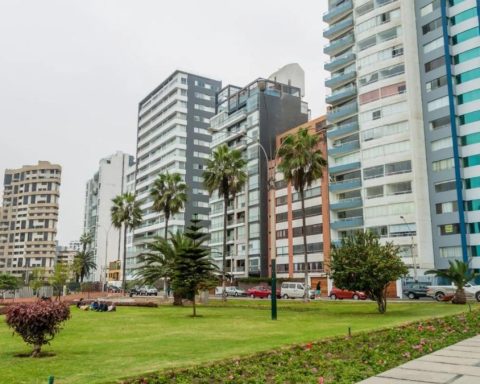The indigenous working population In Mexico, he earns 18% less than the rest of the people, according to the National Commission of Minimum Wages (Conasami). That is, for every 100 pesos that the labor market pays to those who do not belong to one of the 68 native peoples, those who do come from that social sector are paid about 80 pesos for doing the same activity.
But for indigenous women, the salary gap is not the only or most important labor problem, perhaps it is the access to employment. The probability that a woman of one of the ethnic groups and who lives in a rural locality is hired “is reduced to 35%”, according to the Monthly report on the behavior of the economy from Conasami.
The men, among 35 and 44 years old, single or in a free union, who are not indigenous, live in a city and have high levels of education are those who have the greatest probability of finding a job, highlights the report for July.
In the report of last June, the Technical Directorate presented a first analysis of labor discrimination in the indigenous population, with disabilities and sexual diversity. “Discrimination in the working market it is understood as the difference in aspects such as hiring and salaries”, which has nothing to do with experience or productivity, he explains in the document.
Three highly vulnerable populations
The July report indicates that of the more than 9.1 million working people of an indigenous people, 34% do not participate in the labor market. The rate of population without employment and with some disability is 35% of the more than 6.1 million.
same-sex couples they are the ones with the lowest unemployment rate: 28% of the 527,414 registered. Of the three populations that Conasami analyzed, salaried LGBT+ people are the ones who receive the highest remuneration, 10,587 pesos per month on average.
“The outcome for people in a same-sex relationship in general does not imply that there is no employment discrimination”against sex-generic dissidences, clarifies the organism. The data from the 2020 Census, from which information was taken for the study, “only identifies that they are in a same-sex relationship, but excludes” other variables.
The average salary for People with disabilities wage earners is 8,422 pesos per month. is the indigenous population the one that earns less: 7,221 pesos each month, although they work 45.7 hours a week. On average, people in a same-sex relationship work almost the same amount of time, 46 hours a week.
The document also indicates that the people with motor disabilities and also with some mental condition they have only a 22% chance of finding a job.
Recovery of purchasing power
In January this year it came into force the 22% increase in the general minimum wage in both wage zones—the north and the rest of the country. At the end of June, the real increase compared to the end of 2021 is 17.3%, the report indicates.
“Despite the advance of inflation during the year of 7.99%, the recovery of the purchasing power remained above the increase in prices. Conasami maintains that the annual compensation is 13 percent.
From the late 1980s to 2018, the cumulative loss of purchasing power was 80%, according to the study Mexico 2018: Another social and political defeat for the working class; wage increases that were born dead.
In 1987 a person needed to work almost five hours to be able to acquire a Recommended Food Basket (CAR); by 2017 he had to work 24 hours and 31 minutes, according to research carried out by specialists from the Center for Multidisciplinary Analysis (CAM) of the UNAM Faculty of Economics.
In 2019 it came into force the government’s new salary policy of President Andrés Manuel López Obrador, focused on significant increases to recover purchasing power.
From 2018 to June 2022, Esperanza, Hermosillo and Huatabampo, in Sonora, as well as La Paz, in Baja California Sur, and Chetumal, in Quintana Roo, are the five cities with the greatest recovery of the real minimum wage. Workers in these locations have recovered between 69 and 74% of the value of this benchmark.














